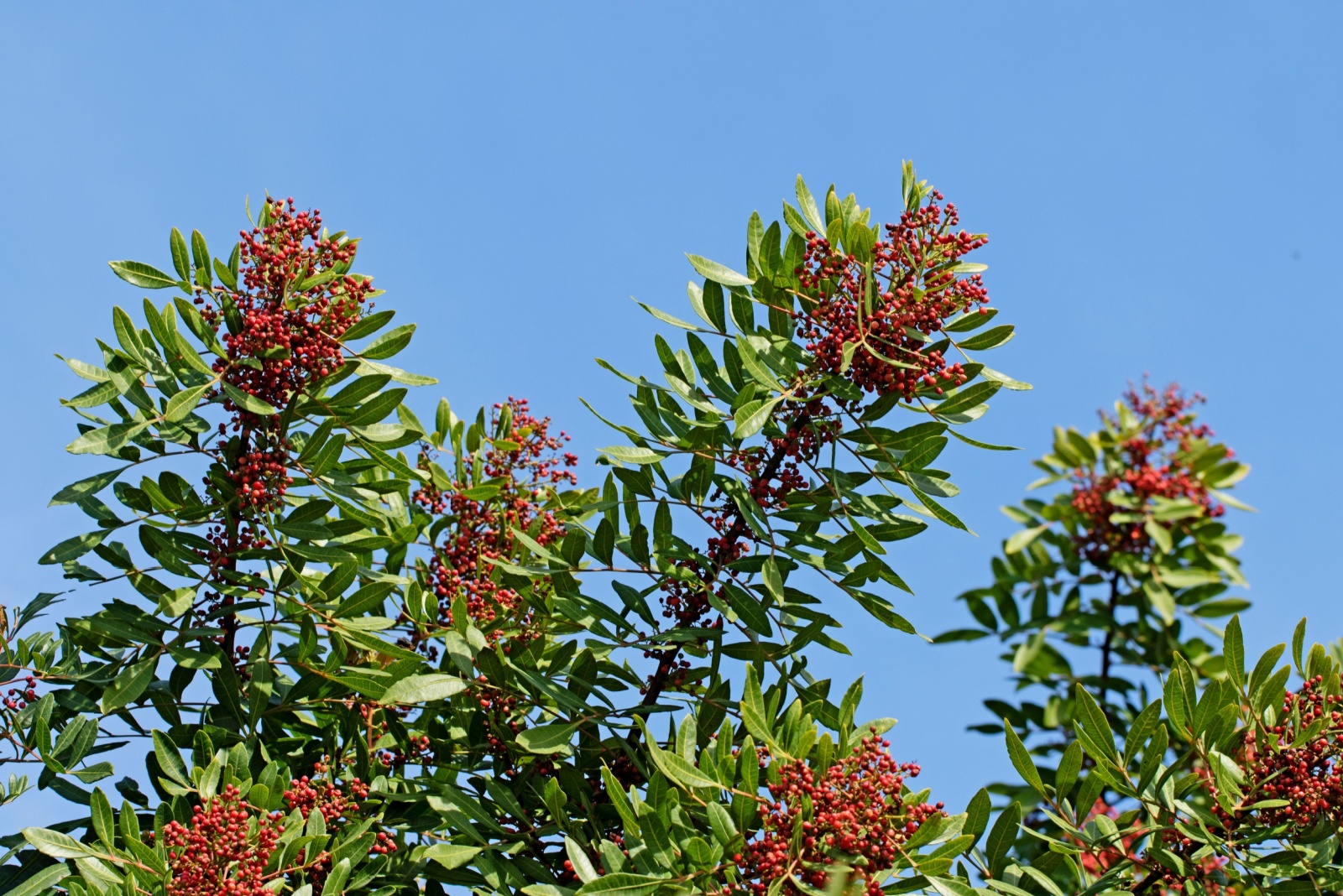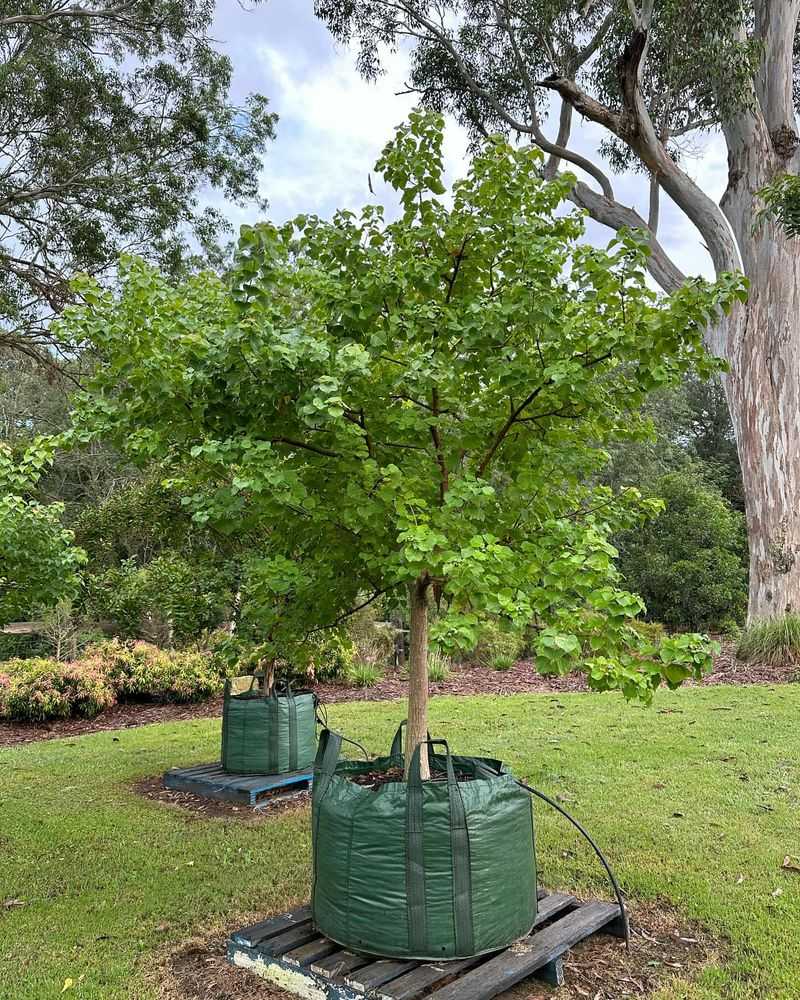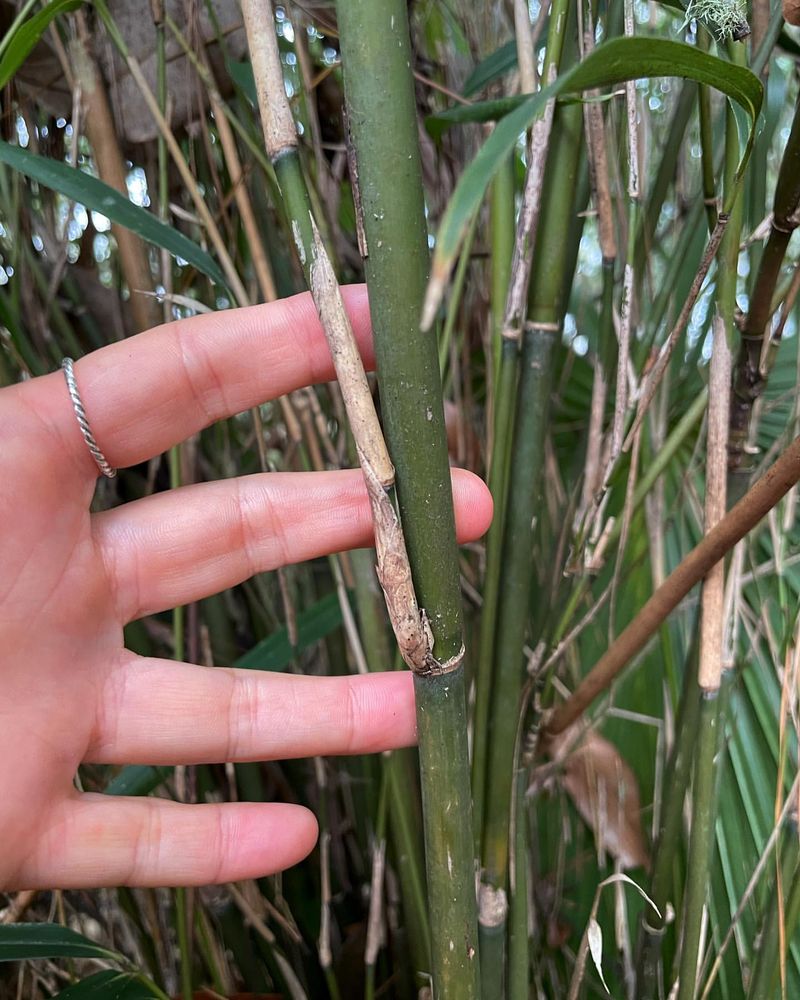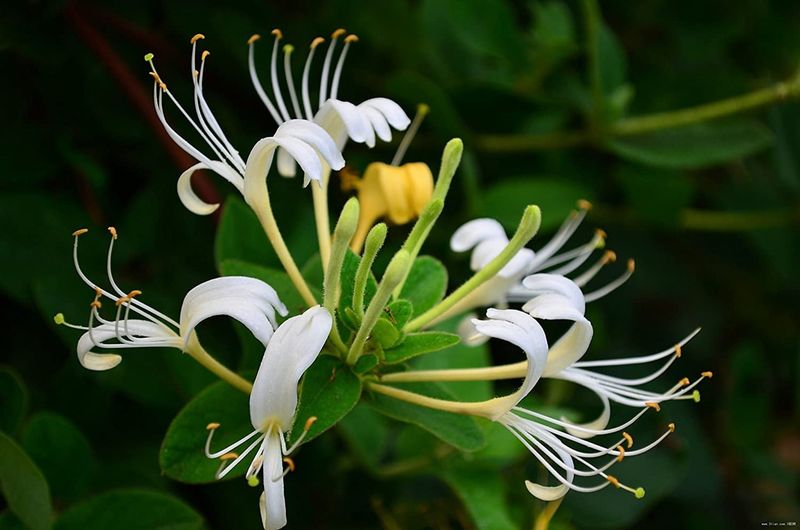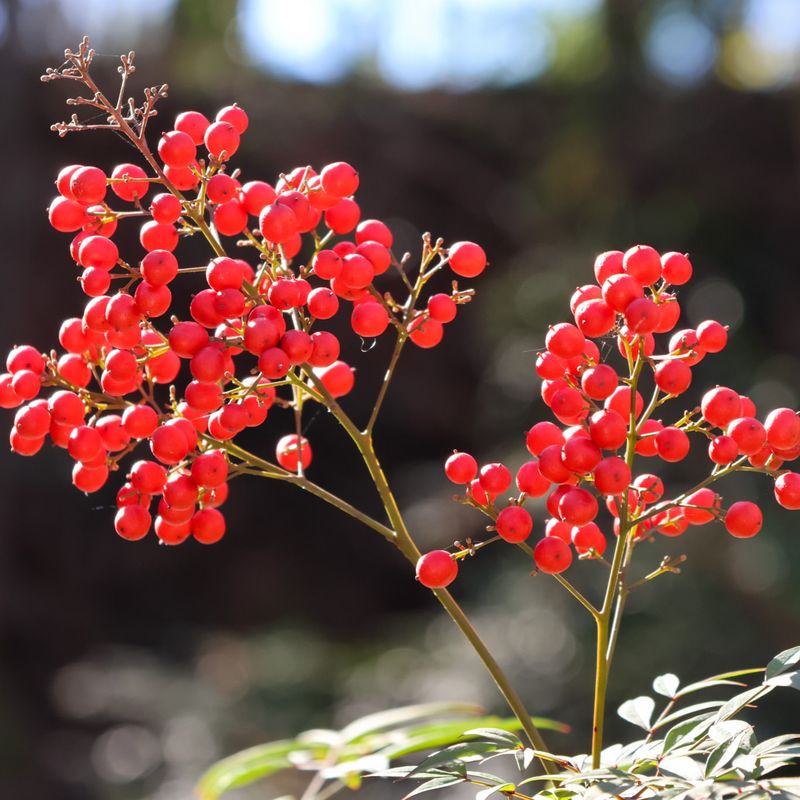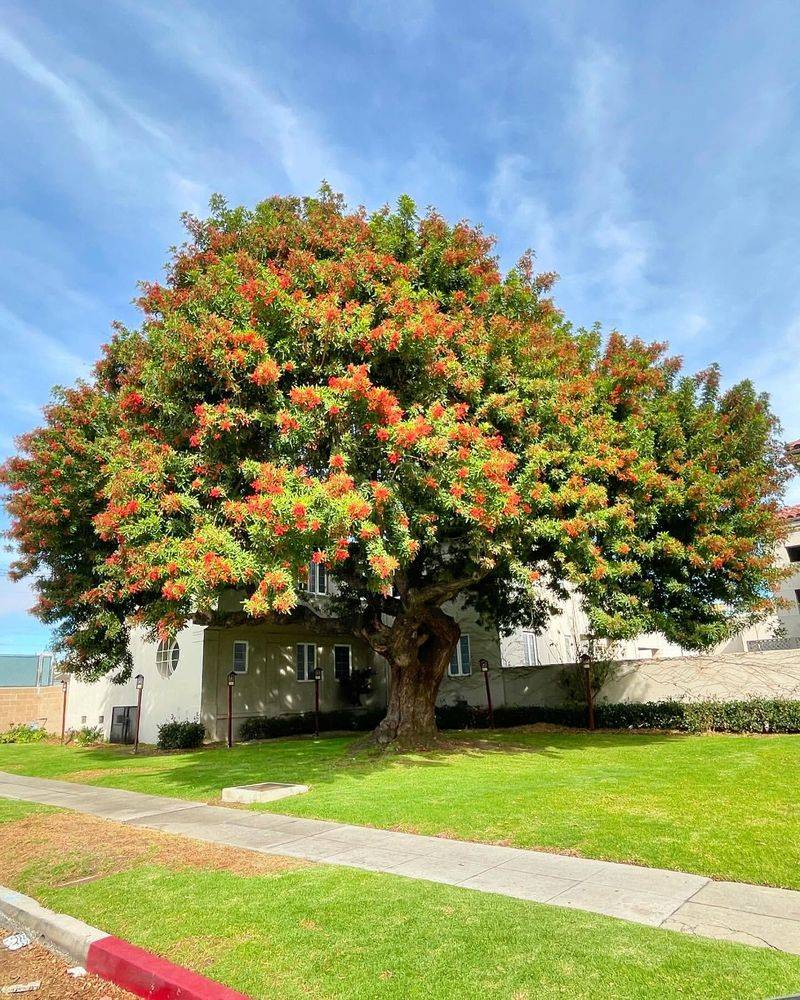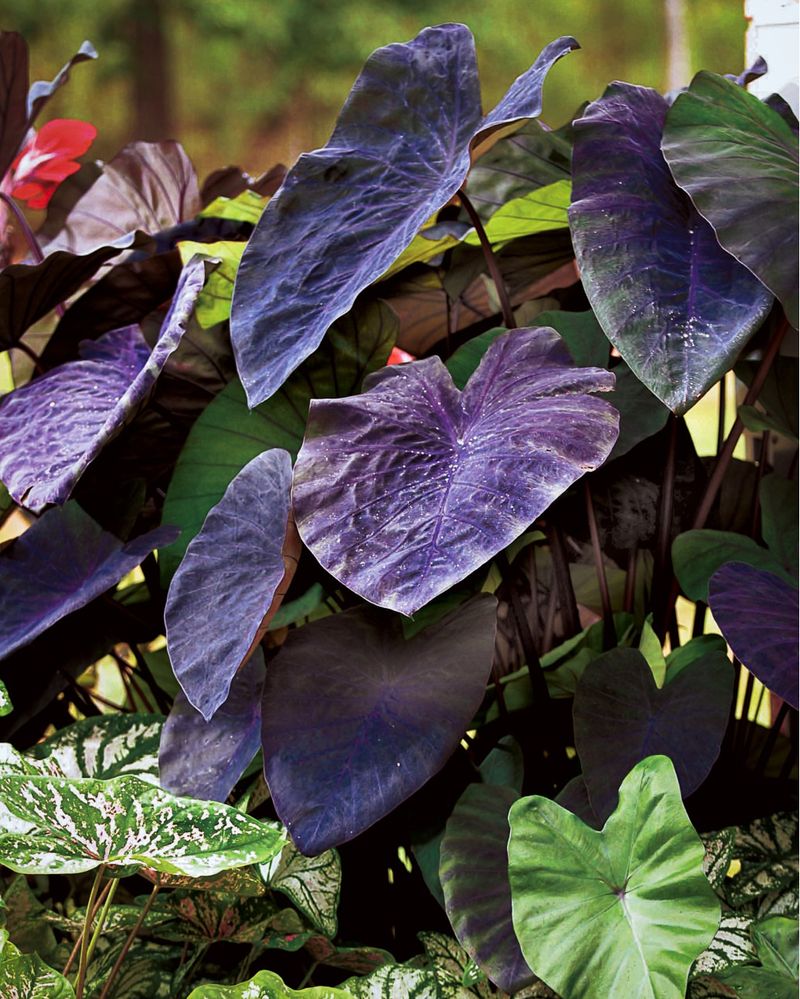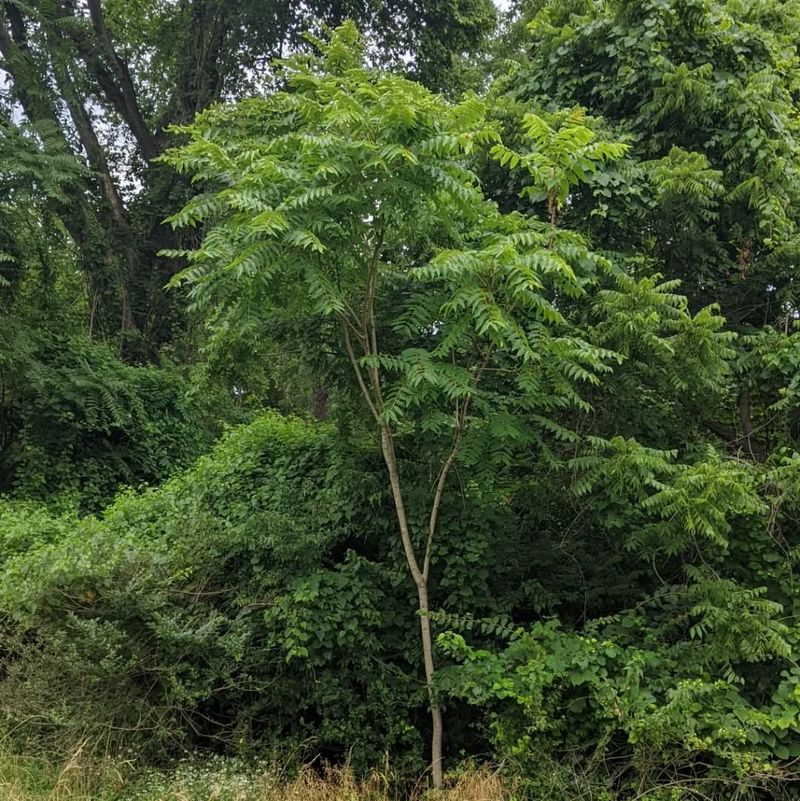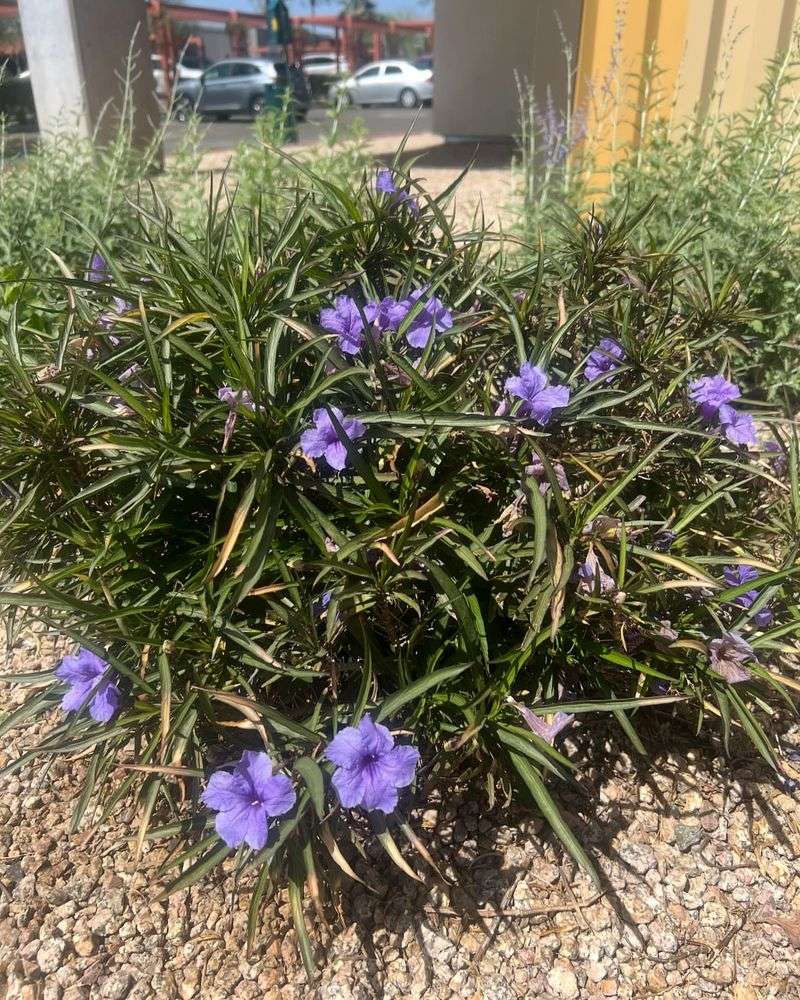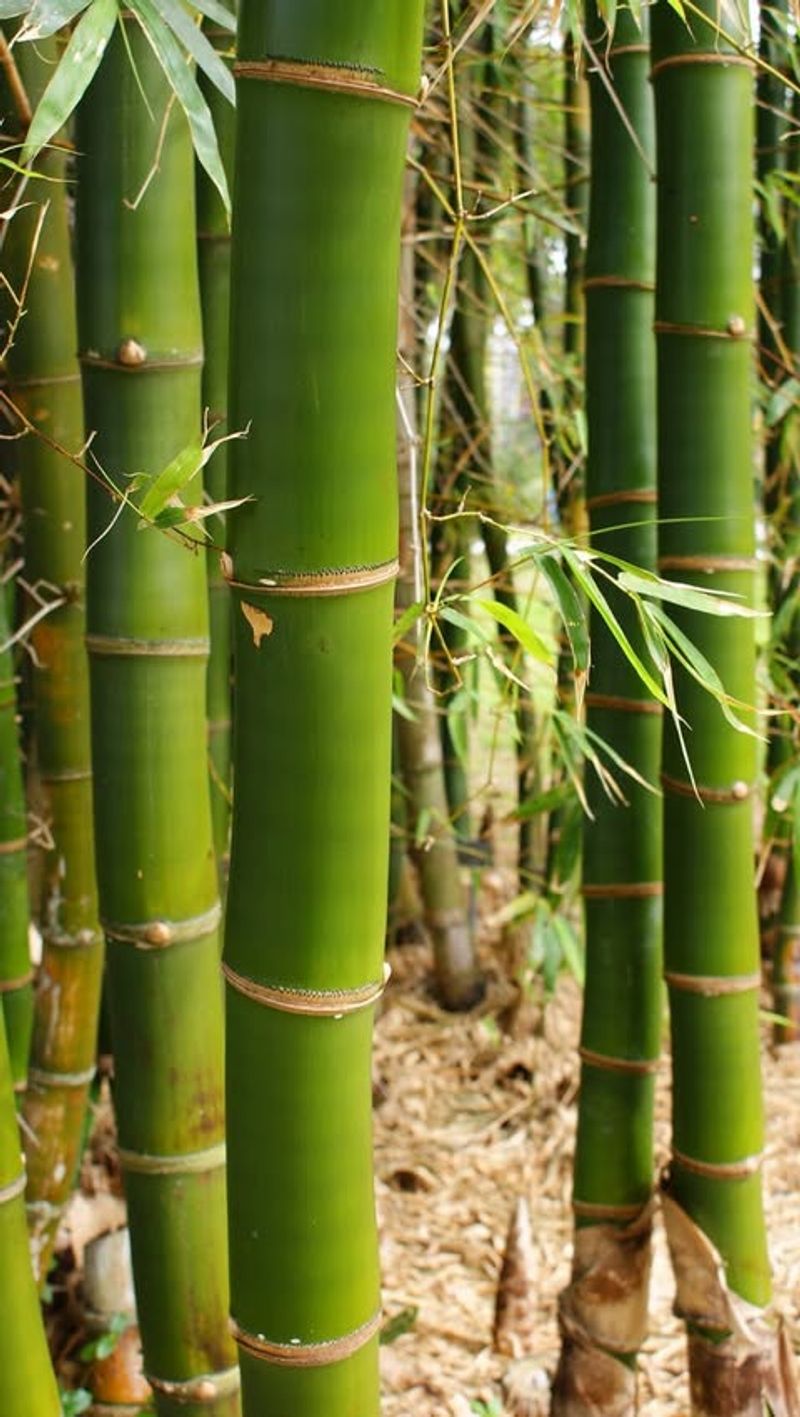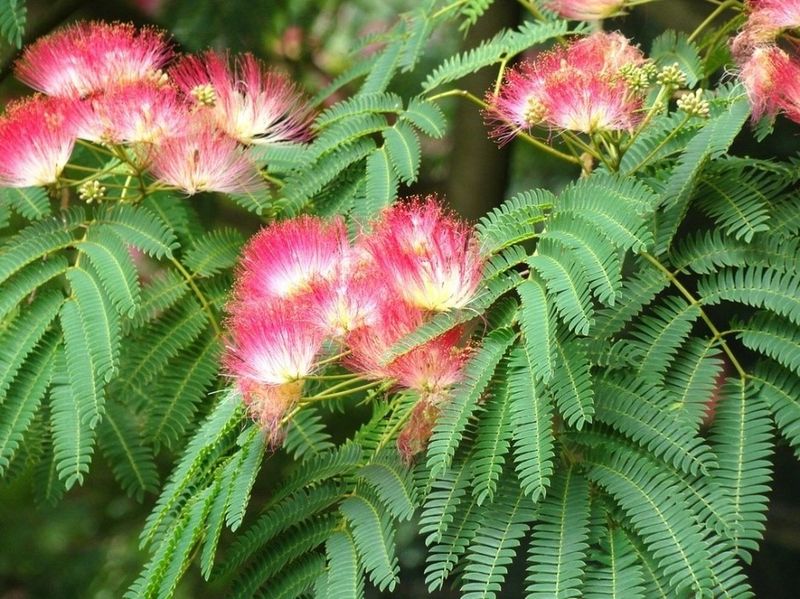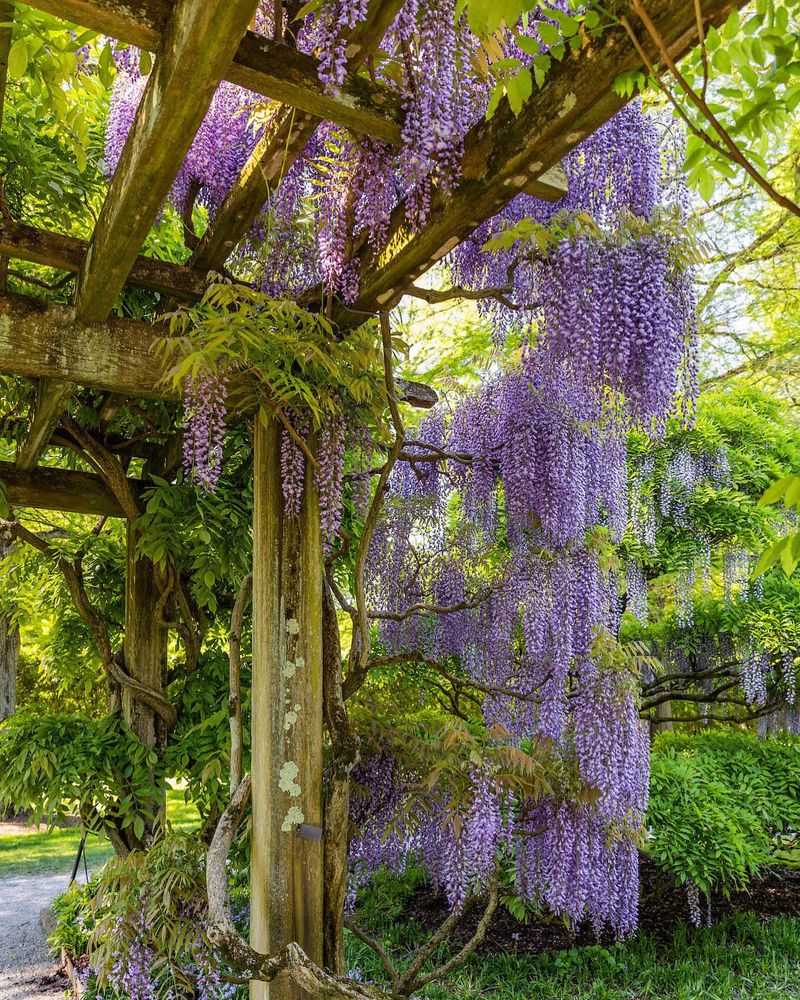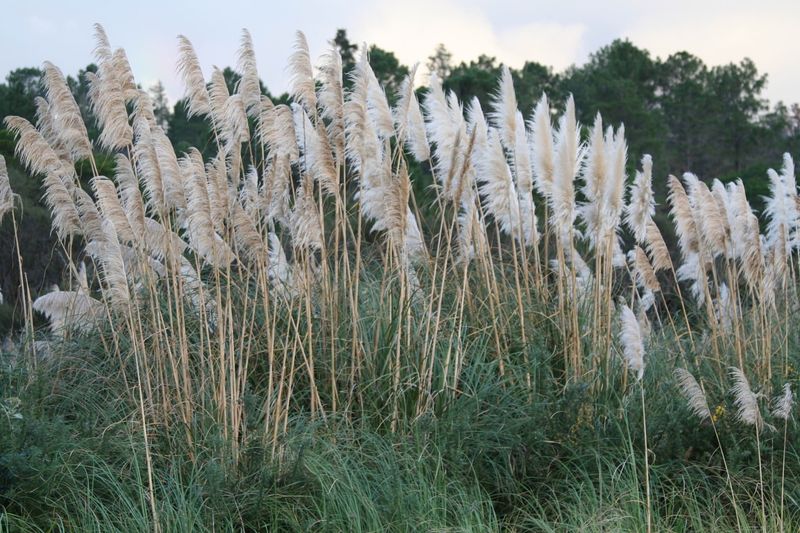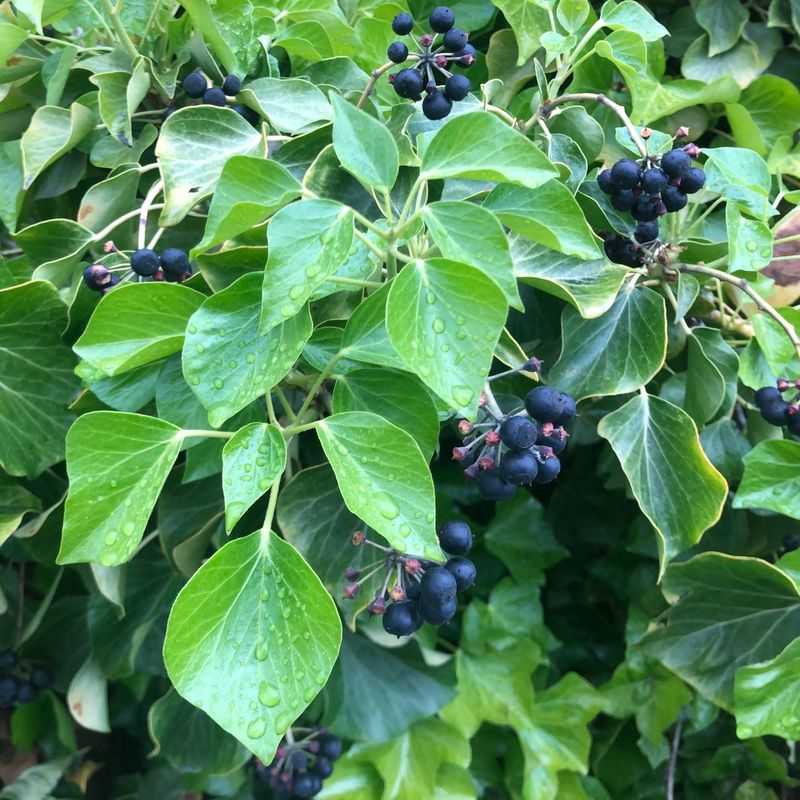Texas gardeners need to know which plants might soon be off-limits in their yards. Environmental scientists and agricultural experts are tracking invasive species that threaten local ecosystems, water resources, and native wildlife.
Learning about these potentially banned plants now can save you money and help protect Texas’s natural beauty for future generations.
1. Chinese Tallow Tree
Once promoted for landscaping, Chinese Tallow Trees now dominate wetlands and forests across eastern Texas. Their leaf litter changes soil chemistry, making it hostile for native plants.
Wildlife management officials have documented over 500,000 acres of lost habitat due to these aggressive invaders. Their colorful fall foliage isn’t worth the ecological damage they cause.
2. Giant Reed
Standing tall at up to 30 feet, Giant Reed devours water resources critical during Texas droughts. A single plant can guzzle 500 gallons daily, stealing precious moisture from struggling native species.
Along rivers and streams, its massive root systems destabilize banks and increase flood risks. Despite its graceful appearance, this bamboo-like grass is an ecological nightmare spreading rapidly throughout central Texas.
3. Japanese Honeysuckle
Sweet-smelling but sinister, Japanese Honeysuckle vines strangle trees and shrubs by wrapping tightly around stems and trunks. The fragrant flowers might seem innocent, but this aggressive climber forms dense mats that block sunlight from reaching native plants below.
Birds spread the berries far and wide, helping this invader colonize new areas quickly. Many Texans are shocked to learn this common garden favorite threatens woodland ecosystems across the state.
4. Nandina
Bright red berries make Nandina popular in holiday decorations, but they contain cyanide that kills cedar waxwings and other birds that eat them. Several documented mass bird deaths have been directly linked to these toxic berries.
Hardy and drought-resistant, Nandina easily escapes gardens and invades natural areas. The Texas Parks and Wildlife Department already discourages planting it, with a full ban likely coming as awareness of its dangers grows.
5. Brazilian Peppertree
Red berries and lush foliage make Brazilian Peppertree tempting for landscapers, but don’t be fooled. Contact with its sap causes painful skin rashes similar to poison ivy, making yard work a miserable experience.
Along the Gulf Coast, it forms impenetrable thickets that displace native vegetation. Wildlife biologists have found these areas become biological deserts where few native animals can survive, dramatically reducing biodiversity in affected regions.
6. Chinaberry Tree
Farmers across Texas have battled Chinaberry Trees for decades as they invade pastures and rangeland. The yellow fruits contain neurotoxins that have killed livestock and pets unfortunate enough to eat them.
Originally planted for quick shade, these fast-growing trees now threaten natural areas statewide. Their dense canopies block sunlight while their roots release chemicals that prevent native plants from growing nearby, creating ecological dead zones wherever they spread.
7. Ligustrum
Walk through any older Texas neighborhood and you’ll spot Ligustrum hedges with their glossy leaves and white flower clusters. Behind this neat appearance lurks an aggressive invader that’s transforming forest understories throughout the state.
The dense shade created by Ligustrum thickets prevents oak seedlings from growing, threatening the future of iconic Texas woodlands. Allergists also warn that its pollen contributes significantly to seasonal allergy suffering across the region.
8. Elephant Ear
Massive heart-shaped leaves make Elephant Ear plants dramatic additions to water gardens, but their beauty comes at a steep ecological price. These escaped ornamentals now clog waterways across East Texas, reducing oxygen levels and killing fish.
Toxins in their leaves and stems can cause severe irritation to people and pets. Water management officials have documented how these plants interfere with flood control systems during heavy rains, contributing to property damage in low-lying areas.
9. Tree of Heaven
Despite its heavenly name, this tree creates hellish conditions for native plants. Tree of Heaven releases chemicals from its roots that kill competing vegetation, creating barren zones where nothing else grows.
Fast-growing and nearly impossible to eradicate, a single tree can produce 350,000 seeds annually. Even worse, it’s the preferred host for spotted lanternflies, destructive insects threatening Texas agriculture. Forestry officials are increasingly concerned about its rapid spread through urban areas.
10. Mexican Petunia
Purple flowers might make Mexican Petunia look innocent, but conservationists call it “the plant that ate the South.” Its aggressive underground runners allow it to spread rapidly, forming dense colonies that exclude native wildflowers.
Particularly problematic in riparian areas, this moisture-loving plant alters stream habitats critical for amphibians and aquatic insects. Garden center sales have helped it establish in nearly every Texas county, with environmental impacts growing yearly as it continues its relentless expansion.
11. Golden Bamboo
Homeowners seeking privacy often plant Golden Bamboo without realizing the monster they’re unleashing. Growing up to 2 feet daily during peak season, this aggressive grass quickly escapes yard boundaries.
Removal often costs thousands of dollars as specialized equipment is needed to dig out the extensive root systems. Neighborhood disputes have erupted across Texas suburbs as bamboo crosses property lines, damaging foundations, driveways, and underground utilities while proving nearly impossible to control once established.
12. Mimosa Tree
Feathery pink flowers make Mimosa Trees popular with gardeners, but ecologists see them differently. Each tree produces thousands of long-lived seeds that remain viable for decades, creating persistent problems in natural areas.
Particularly threatening to riparian ecosystems, they crowd riverbanks and displace native trees critical for erosion control. The Texas Forest Service has documented their rapid spread throughout the eastern half of the state, with populations doubling every seven years in some watersheds.
13. Vitex
Often sold as “Texas Lilac” despite not being native, Vitex trees have escaped cultivation and now threaten Hill Country rivers and streams. Their prolific seeds spread downstream during floods, establishing new populations miles from parent plants.
Originally promoted as a drought-tolerant alternative to Crape Myrtles, nobody anticipated how aggressively they would naturalize. Conservation biologists have found they particularly threaten limestone seeps and springs, unique habitats that support rare and endangered species found nowhere else.
14. Wisteria
Cascading purple flowers make Wisteria a romantic garden favorite, but there’s nothing lovely about its behavior in natural areas. Woody vines can reach 10 inches thick, pulling down mature trees with their weight.
Once established, Wisteria creates impenetrable thickets that can cover acres. Particularly problematic in East Texas forests, forestry experts have documented cases where a single plant has covered more than 5 acres, killing every tree in its path and creating maintenance nightmares for property owners.
15. Pampas Grass
Dramatic plumes make Pampas Grass popular in landscaping, but each plume contains thousands of wind-dispersed seeds that travel for miles. A single plant can release over a million seeds annually, creating new infestations far from the original source.
Sharp-edged leaves can cause painful cuts to people and animals. Fire officials particularly worry about this plant, as its dry foliage creates extreme fire hazards in developed areas, with documented cases of it contributing to property damage during wildfire events.
16. English Ivy
Climbing walls and trees with ease, English Ivy seems like an easy groundcover solution for shady spots. Unfortunately, it doesn’t stay where planted, escaping into natural areas where it smothers native vegetation.
The vines grow up tree trunks, adding weight that increases fall risk during storms. Particularly concerning to urban foresters, ivy-covered trees become more vulnerable to disease and insect problems. Several Texas cities have already begun removal programs in parks and greenbelts to protect valuable urban forests.

